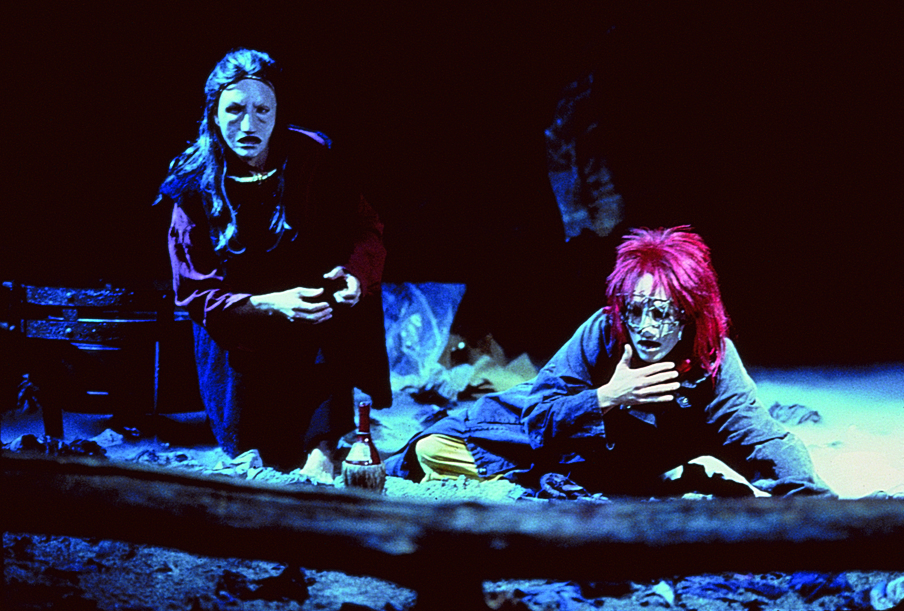DCPA NEWS CENTER
Enjoy the best stories and perspectives from the theatre world today.
Enjoy the best stories and perspectives from the theatre world today.

Greg Hicks (left) as Agamemnon and Alyssa Bresnahan as Cassandra in the 2000 Denver Center Theatre Company production of Tantalus. Photo by p. switzer
Each mask for the principal characters took approximately 32 hours to create while each chorus and ensemble mask took approximately 27 hours to complete. That’s an average of 1,770 hours of mask making!
For more information on TANTALUS, playwright John Barton, directors Peter and Edward Hall, the designers and, of course, the Greek mythology that gave rise to these incredible stories, please enjoy a selection of reading material:
